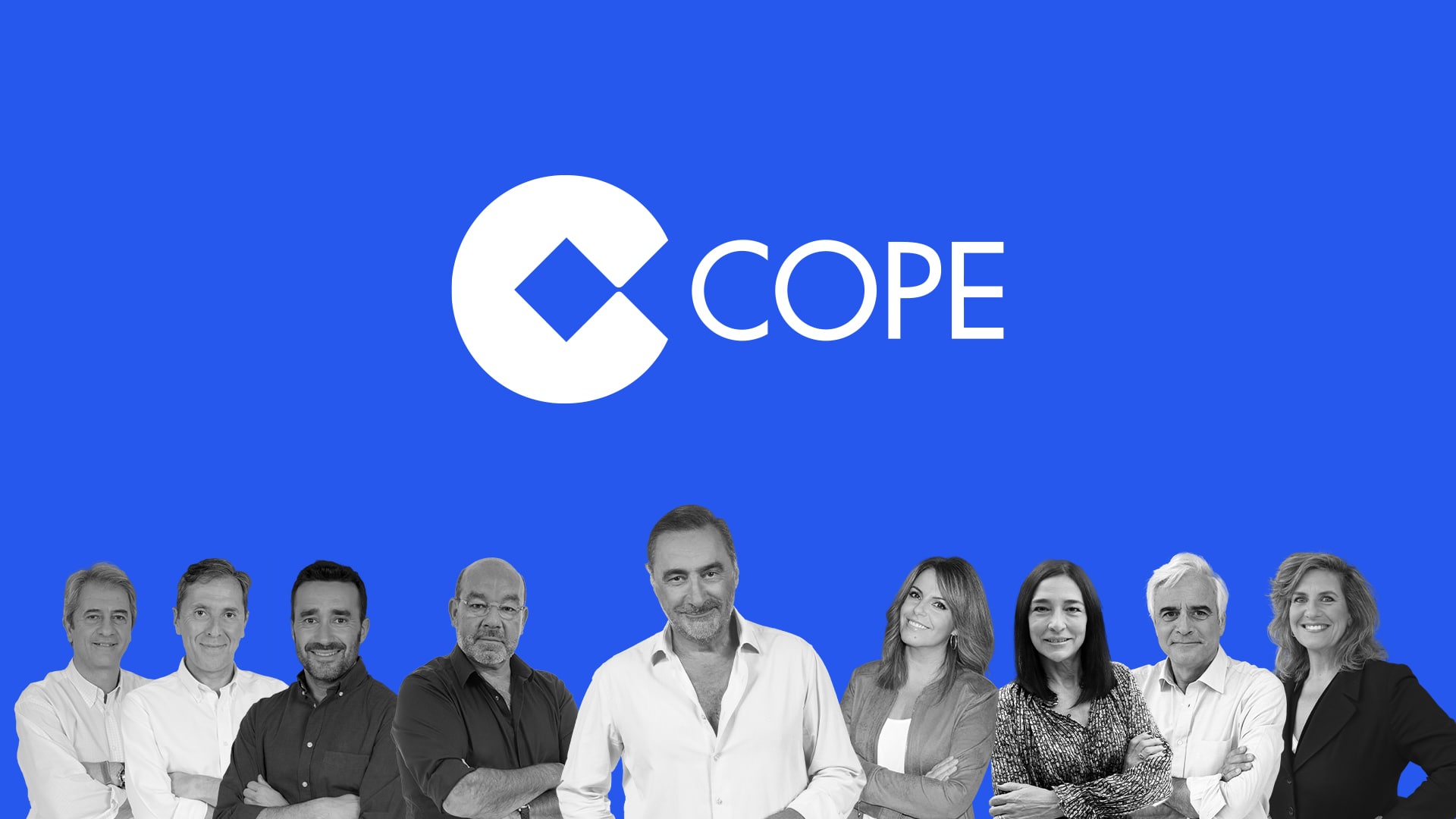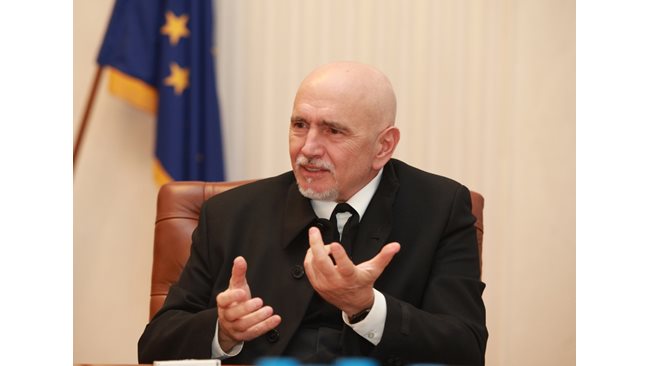Lluís Lozano
Ángela Martín is 62 years old and was a voracious reader until glaucoma made her progressively lose her sight and took her away from books. After two years attending braille classes at ONCE, she recounted to Efe the “tremendous experience” of being able to read on her own again, even though she had to learn to do it again as an adult.
Throughout the process, Paula Rivero, his teacher and the new adult braille promoter in Madrid have been by his side, a figure that ONCE has implemented in seven autonomous communities to reinforce the teaching of this writing system that celebrates its international Day.
Angela was 43 years old when she was given absolute permanent disability, so she had to quit her job in the bank and rebuild her life. He has completely lost vision in one eye and in the other he only has a “window” left through which he can barely see lights and movements.
In order to regain his love of reading, he had to study braille and although he says he had doubts about whether he would be able to learn it, now he encourages all adults who are in the same situation to try it: “Do not think that age is too much more difficult. At first it costs, but it ends up being achieved “.
THE FIRST TIME IN FRONT OF THE BRAILLE
In 2019, Ángela signed up for the braille classes that ONCE offers to blind or low-vision adults, in which they teach to read and write in this system of raised signs that Louis Braille devised almost 200 years ago and is used today as a window to the world to 258 million blind people.
“The first day they taught us the first six letters of the alphabet and we started reading words that only contained those letters,” he recalls.
And so progressively until he learned the entire alphabet and began to gain fluency in reading: “I remember the first page we read in braille … it took us three classes! Now it takes me four minutes, or even less. And I still have a lot to learn “, assures the student.
But what cost him the most was not knowing the braille alphabet, but having to use touch – and not sight – to locate the phrases on the paper.
“At four months I already knew all the letters, but even so it was difficult for me to find the beginning of a paragraph and then follow it with touch,” he explains.
PATIENCE AND EMPATHY
For adults who have become blind to be able to regain some autonomy in their lives, figures such as Professor Rivero, who has taught braille for five years and in 2021 has taught 43 students, are essential.
“Unlike children who are born blind,” he declares, “we do not have to teach adults to read and write, but rather to change the code”, although learning Braille is only the last link in the rehabilitation of children. the one that those who lose their sight in life submit.
In her conversation with Efe, her student Angela repeats on several occasions the enormous patience that the teacher has with her. “This is very important, of course, but it is also essential to have a lot of empathy with the students and show them that you trust them,” adds Rivero.
“Some students just want to learn just enough to be able to read the drug or elevator leaflets, because they think they won’t be able to do more. But my goal is always the same: for them to leave with a book under their arms” continues the teacher.
BACK TO READING
Angela had only been in school for a few months when the coronavirus arrived. “When they confined us, I had only had time to learn the alphabet and I asked my teacher to give me some texts to continue studying at home,” he recalls.
The perseverance paid off and shortly after resuming classes, she dared with her first book in Braille: “I chose” Candela “, by Juan del Val, and it was an enormous satisfaction to read again on paper and feel the scores and the spelling” , Add.
His satisfaction is so great that he has signed up for the ONCE Braille Club, where he meets periodically with other blind readers to read excerpts from books aloud and talk about their favorite authors.
“When you lose your eyesight as an adult there are two options: die of disgust or cheer up and realize that you can continue doing the same thing, but in a different way,” says Angela, who has undoubtedly chosen the second option.
–


